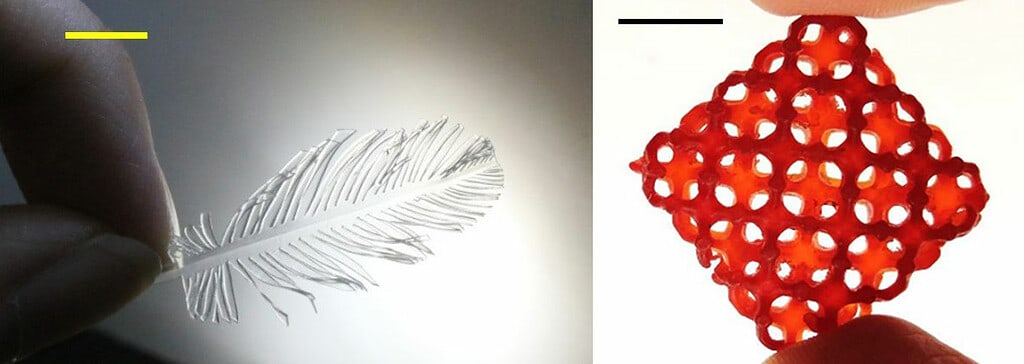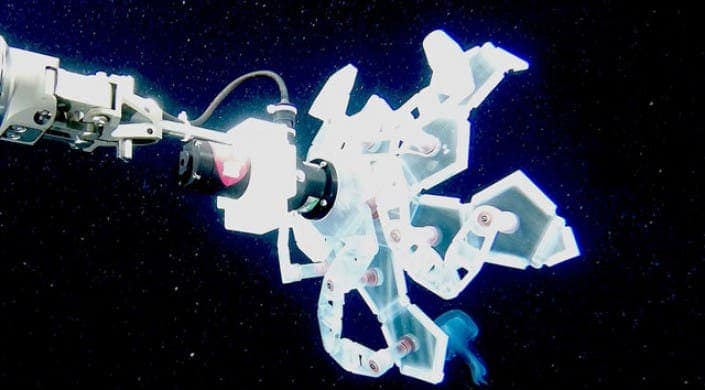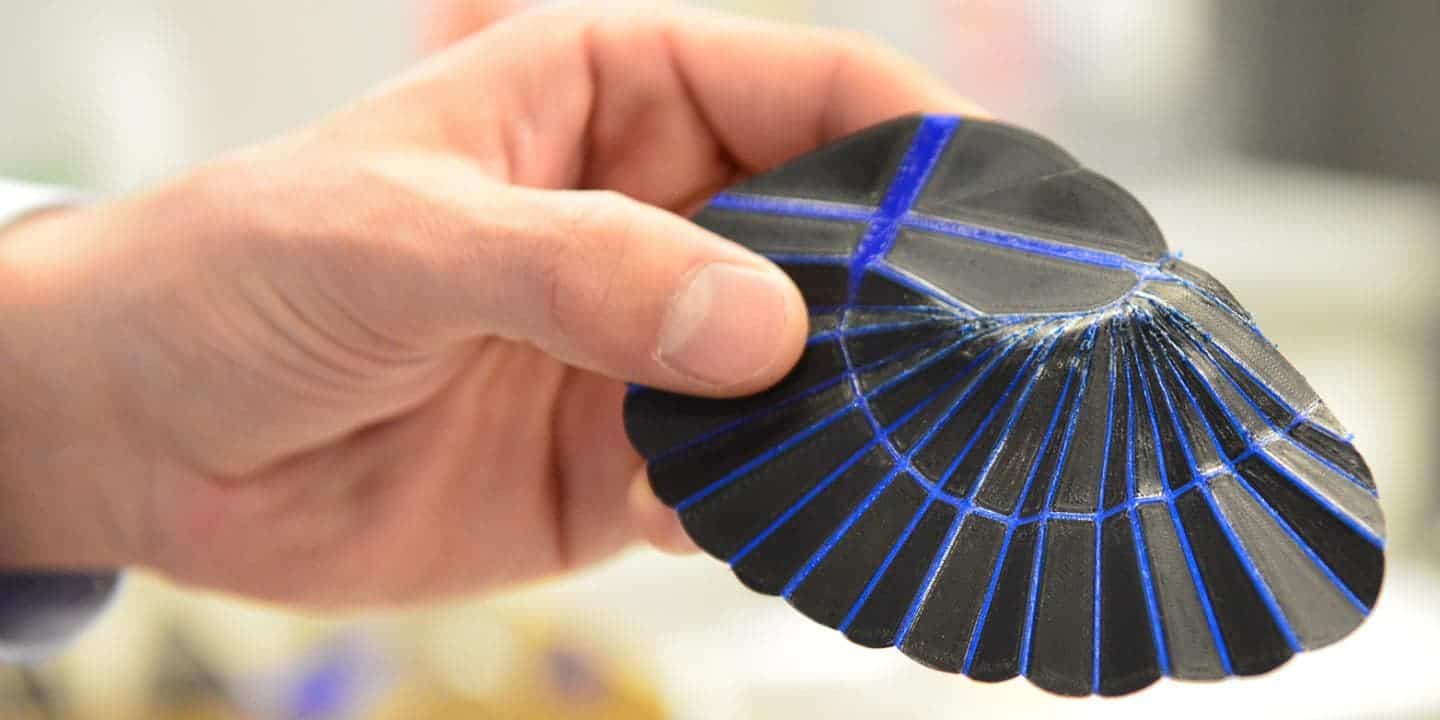A team of chemical engineers in China has extended the centuries-old practice of origami to produce sophisticated shapes made out of glass or other hard materials. Their modern method, which can be combined with 3D printing, could have a wide array of applications, the researchers said, from sculpture to catalysis and beyond.

Origami comes from the Japanese words ori (“folding”) and kami (“paper”). It consists of folding a sheet of square paper into a sculpture without taping, gluing or cutting it. While mostly considered a Japanese art, the history of origami actually goes around the world, with roots in China, where paper was invented, and in European countries.
In previous work, the engineers in China used origami and the related technique of kirigami, which combines cutting with folding, to shape soft materials of polymers. In this newer study, they wanted to extend these techniques to glass and ceramics, “which are much harder to process into complex shapes,” Tao Xie, the lead researcher, said in a press release.
A twist to origami
The conventional approaches to shaping glass and ceramics involve using molds or 3D printing technology to achieve the intended final form. However, a mold can’t produce a complicated shape, and while 3D printers can, they take a long time to make the object – which tends to be flimsy and need additional support during its creation.
Seeking alternatives, the researchers created a technique that mixes nanoparticles of silica, the main ingredient for making glass, into a liquid with several compounds. Curing the mixture with UV light produced a polymer with beads of silica suspended in it. They then cut, folded, twisted and pulled on sheets of this polymer composite.
If they did this at room temperature, the composite kept its shape very well. This is because the folding and stretching process disrupts the interface of the silica particles and the polymer matrix. But if it’s critical to fully retain the shape in the next steps, the researchers found that the composite has to be heated when folded and stretched.
They first heated the composite to 130 °C and then to 600 °C, which removed the polymer from the object and turns it opaque. After cooling, a third heating step melts the silica particles together at 1200 °C to convert the object into a clear glass with a smooth, non-layered texture. Achieving that full transparency was the biggest challenge, they said.
The researchers are also extending their method beyond glass to ceramics, replacing the silica with substances such as zirconium dioxide and titanium dioxide. While glass is brittle and inert, these compounds open up the possibility of producing “functional” objects, such as materials that are less fragile than glass or have catalytic properties.
“When you fold a piece of paper, the level of complexity is somewhat limited, and 3D printing is kind of slow,” Xie said in a media statement. “So we wanted to see if we could combine these two techniques to take advantage of their attractive attributes. That would give us the freedom to make almost any shaped part.”
Next, the researchers would like to automate their process for large-scale manufacturing. They believe that the overall artistic community can learn more about their work and use it in catalyst and sculpture design, as well as for other purposes. Their research was presented at a meeting of the American Chemical Society (ACS).






